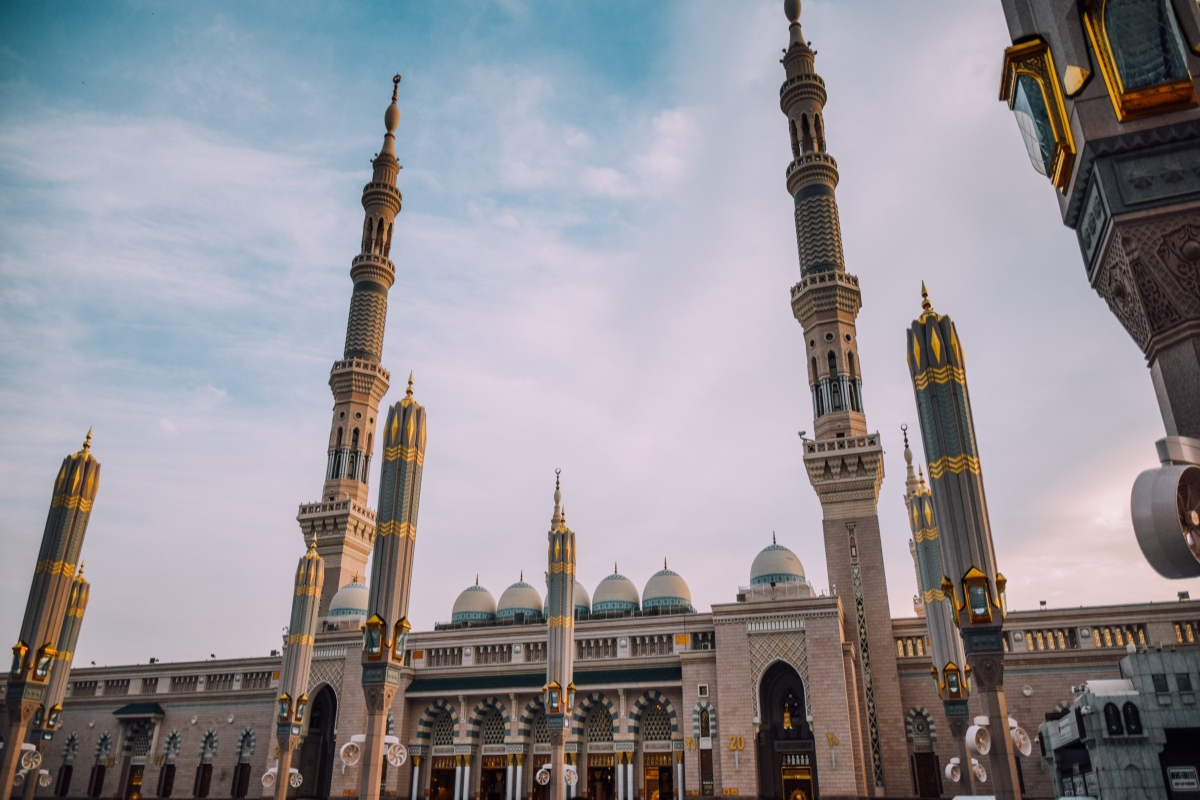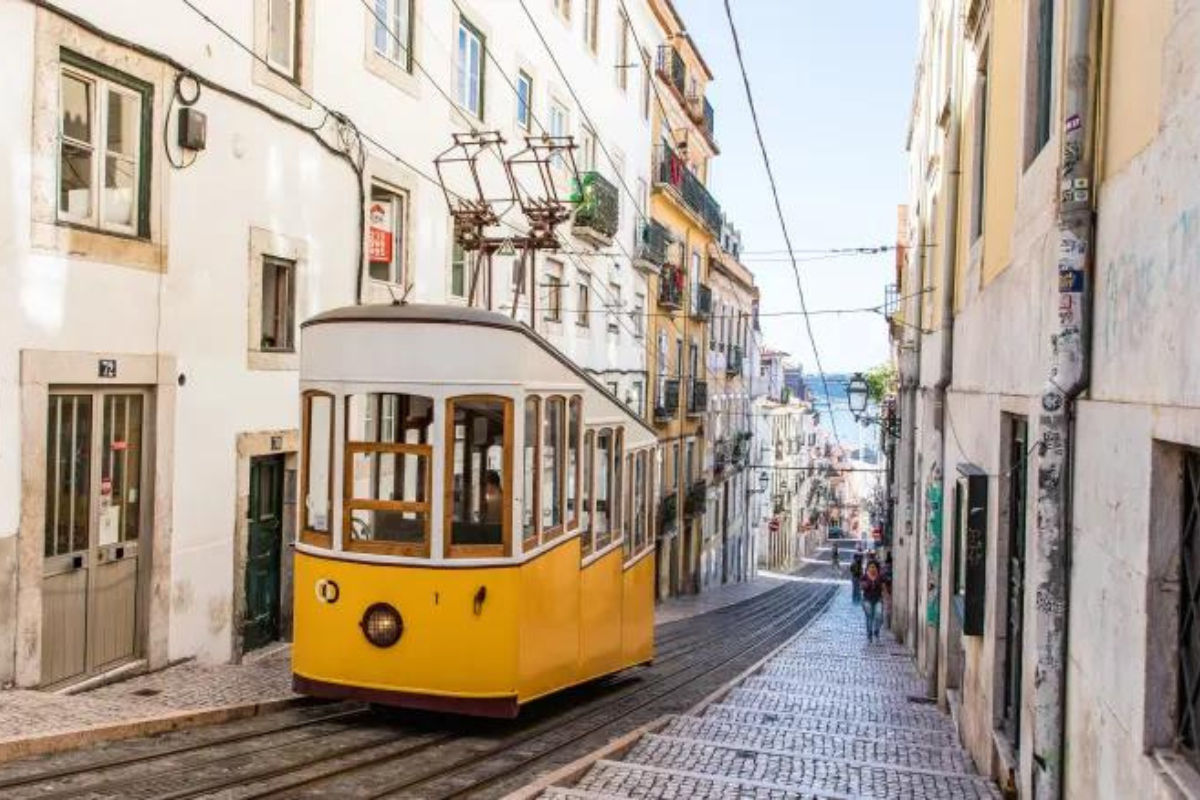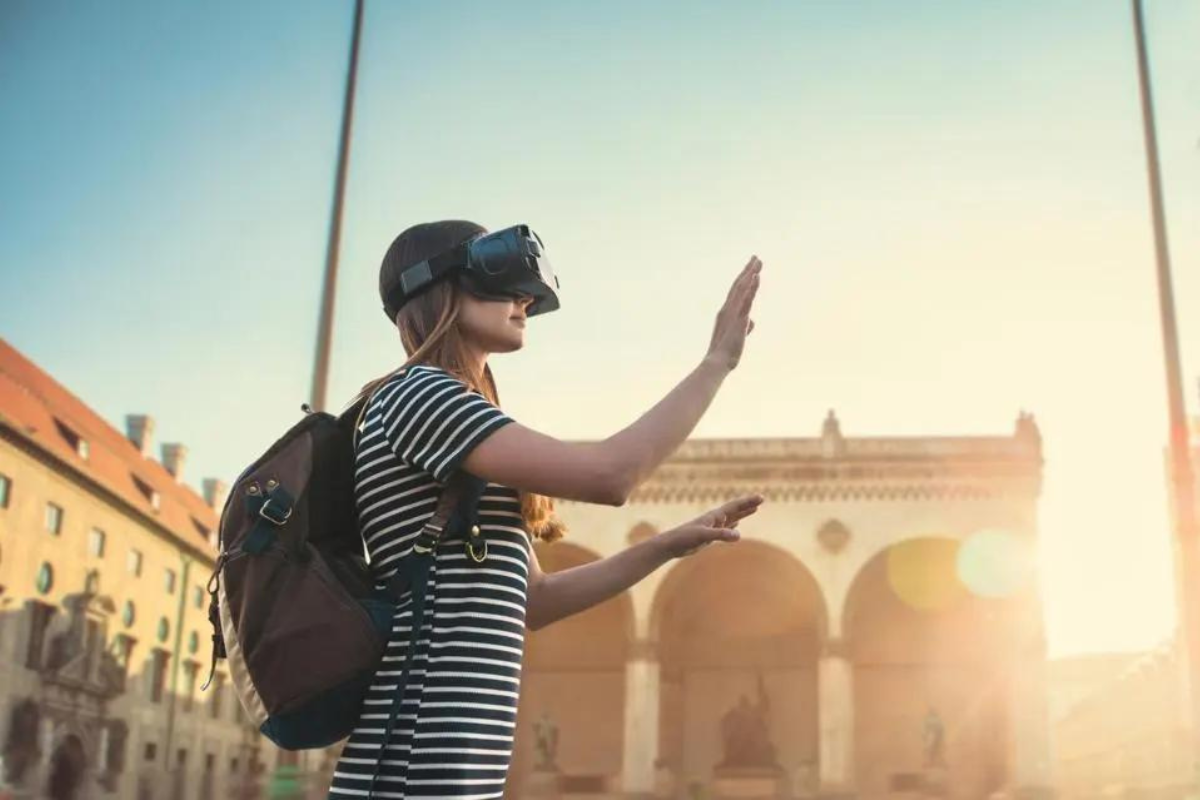With the introduction of virtual reality rides and mobile houses in 2023, traveling will be more fascinating than ever. It signifies that we are in the midst of a huge revolution in tourism, in which it will become more modern and appropriate for the present 4.0 sector.
Travel, as an effective spiritual gift, provides people delight and decreases stress in this frantic world. People have been cherishing numerous weird yet unique travel trends after three years of closure due to the COVID-19 pandemic. These travel trend of tourism have the potential to fill 2023 with joy and curiosity.

1. Modular hotels
Because of their simplicity and convenience of use, modular hotels provide people with sustainable tourism while saving significantly more time and money than traditional hotels. The building components for these flat-packed hotels are manufactured in a factory, flat-packed, and delivered to the site for on-site assembly. They are based on prefabricated architecture and modular housing. These hotels offer city dwellers light-touch holidays with stylish simplicity. Modular construction is preferred for hotels, apartments, dorms, multifamily housing, employee housing, hospitals, and healthcare facilities due to the paucity of housing during the COVID-19 outbreak. A scarcity of experienced construction workers is driving the rise of modular construction, which may be faster and less expensive than traditional homes. Furthermore, modular construction allows for faster construction, lower labor costs, and shorter construction financing terms, lowering interest and allowing for faster cash flow. The design and planning processes, on the other hand, need more time and effort. Modular structures, despite their lower quality, are easier to maintain and run in a production environment.
Marriott is one of the world’s largest hotel pioneers in modular construction. It currently offers over 30 modular hotels under its various hotel brands, with more on the way.

2. Sleeping tourism
When it comes to traveling, obtaining a good night’s sleep is now one of the primary trends, rather than just one of the activities people did at the end of the day to help them recharge. This tendency is clearly stronger in recent years, thanks to effective AI-powered beds and a variety of other smart products. The worldwide COVID-19 outbreak has had a significant impact on this travel trend. According to a study published in the Journal of Clinical Sleep Medicine, 40% of the almost 2,500 participants who took part reported a decline in sleep quality since the epidemic began. Sleeping is thus the best technique to assist the body in recuperating while also reducing tension when traveling.
This list would be incomplete without recognizing the luxury hotel company Six Senses, which pioneered this travel trend. Six Senses offers a variety of complete sleep programs that can span from three to seven days or longer at some of its facilities.

Photo: Six Senses
3. Crypto journeys
In the current digital era, crypto travel is becoming increasingly popular on a global basis. Travelers can now pay more easily using cryptocurrencies like Bitcoin and Ether thanks to technological improvements achieved by financial technology enterprises (Fintech), whereas traditional forms of tourism only offer payment alternatives in cash or money transfers. Traveling around the world has become easier and safer for everyone as a result of cryptocurrency. It is also a cost-effective solution because there are no fees, total transaction transparency, or currency rate issues across different nations. The ease with which crypto may be used while traveling demonstrates the great globalisation.
Binance, the global blockchain business that operates the world’s largest cryptocurrency exchange, has created the first cryptocurrency-sponsored holiday, or “crypto tourism.”

Photo: Amb Crypto
4. Flight-light hybrid travel
Hybrid flight-light itineraries enhance the experience while also being more environmentally responsible. Mobility is a trendy concept today in the period of adapting to new changes in climate or cuisine. Taking the train instead of flying around Europe is a more environmentally beneficial option. Step-by-step travel allows you to slow down and enjoy the world more. By charting a route with many destinations at train stations, travelers would be relieved of the effort of organizing and checking timetables.
Traveling more slowly and responsibly is becoming increasingly crucial as businesses and consumers display a stronger commitment to decreasing emissions. Visitors now have the sensation of savoring the planet’s beauty while moving slowly. As a result, it is no longer just about “clean and green” hotel operations.

Photo: Afar
5. Virtual Reality
Virtual reality technology has several uses in the travel industry, allowing people to virtually tour the world and have a realistic and engaging experience traveling anyplace. This technology is especially handy for those who want to explore a destination digitally before making trip preparations. Virtual reality headsets or glasses can be utilized to digitally experience remote areas, making people more comfortable, competent, and confident in their decisions. This is currently and in the future regarded one of the most popular travel trends.

Photo: Forbes
Visual reality technology is also useful for people who are unable to travel owing to physical disabilities, health difficulties, or economical constraints. It can help preserve natural and cultural heritage locations by lowering the number of real visitors. Teleportation and city tours are possible with virtual reality travel, which eliminates the need for group trip planning apps because public transportation is not necessary. Overall, virtual reality technology makes the world more accessible and engaging for travelers.

